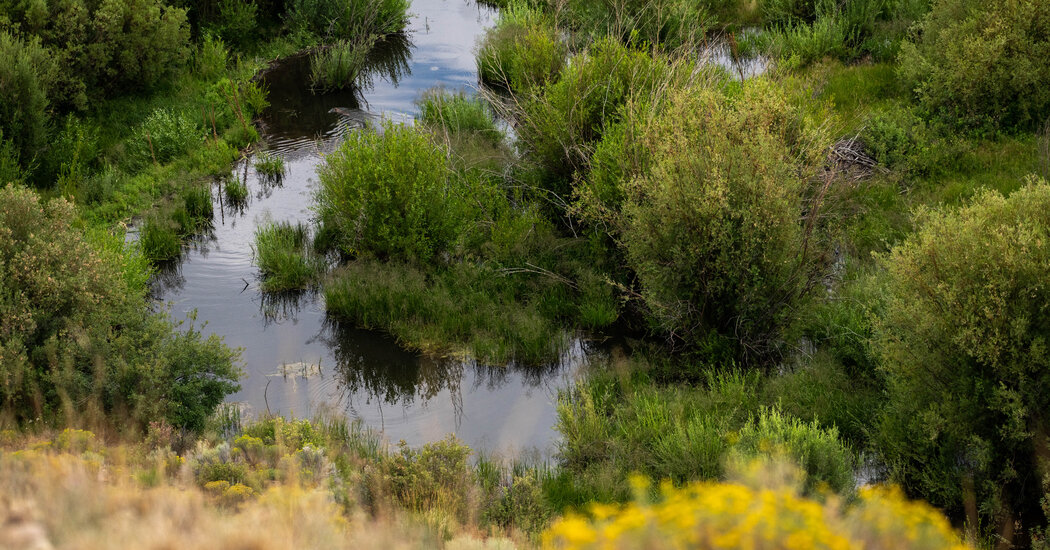Half of the water flowing through regional river basins starts in so-called ephemeral streams. Last year, the Supreme Court curtailed federal protections for these waterways.
Last year, the Supreme Court sharply restricted the federal government’s ability to limit pollution in small streams that sit dry for much of the year and fill up only after rainfall or snowmelt.
Now, a new study finds that those bodies, so-called ephemeral streams, are significantly more important to the nation’s waterways than often appreciated.
The research, published Thursday in the journal Science, estimates that 55 percent of the water flowing out of America’s river basins can be traced back to millions of ephemeral streams that flow only periodically. The findings suggest that the Supreme Court ruling, which rolled back protections for those streams, could leave large bodies of water vulnerable to pollution.
“Right now, we regulate larger waterways like the Hudson River, but a significant portion of that water is coming upstream from places that can no longer be regulated,” said Craig Brinkerhoff, who is a doctoral candidate at the University of Massachusetts Amherst and led the study.
For years, politicians, industry groups and environmentalists have argued over which bodies of water in the United States should fall under the jurisdiction of the Clean Water Act, a sweeping law, passed in 1972, that allows the Environmental Protection Agency to limit water pollution. While there’s consensus that the law applies to major rivers and lakes, there’s debate over whether federal protections should apply elsewhere, such as to nearby wetlands or streams that go dry for part of the year.
Environmentalists favor broad protections, arguing that these other bodies of water are important; homebuilders, some industry groups and conservatives oppose what they see as regulatory overreach.
